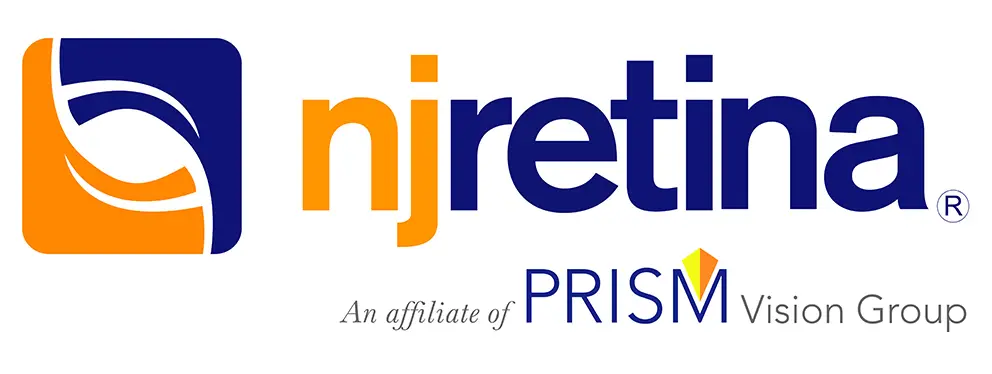Clinical Research
Please contact your provider to learn if you are eligible for any of our enrolling clinical trials.
Benefits to participants
- Learn more about your condition
- Get free study-related eye examinations, when appropriate
- Help others by assisting researchers to find better and more effective treatments
- Receive possible financial compensation for your time
Geographic Atrophy
Aviceda – AVD-104-C01
Office: Toms River
A Phase 2, Multicenter, Double-Masked, Randomized Trial to Evaluate Safety, Pharmacokinetics and Treatment Effect of Intravitreal AVD-104 in Participants with Geographic Atrophy Secondary to Age-Related Macular Degeneration sponsored by Aviceda Therapeutics, Inc.
Magnify – COG2201
Office: Edison
A Phase 2, Double-Masked, Placebo-Controlled, Parallel-Group Study to Evaluate the Efficacy and Safety of Oral CT1812 in Participants with Geographic Atrophy Secondary to Age-Related Macular Degeneration sponsored by Cognition Therapeutics, Inc.
Wet AMD
NORSE 8
Office: Teaneck
A Phase 3, Multicenter, Randomized, Masked, Controlled Study of the Safety and Effectiveness of ONS-5010 Compared to Lucentis in Subjects with Neovascular Age Related Macular Degeneration sponsored by Outlook Therapeutics, Inc.
